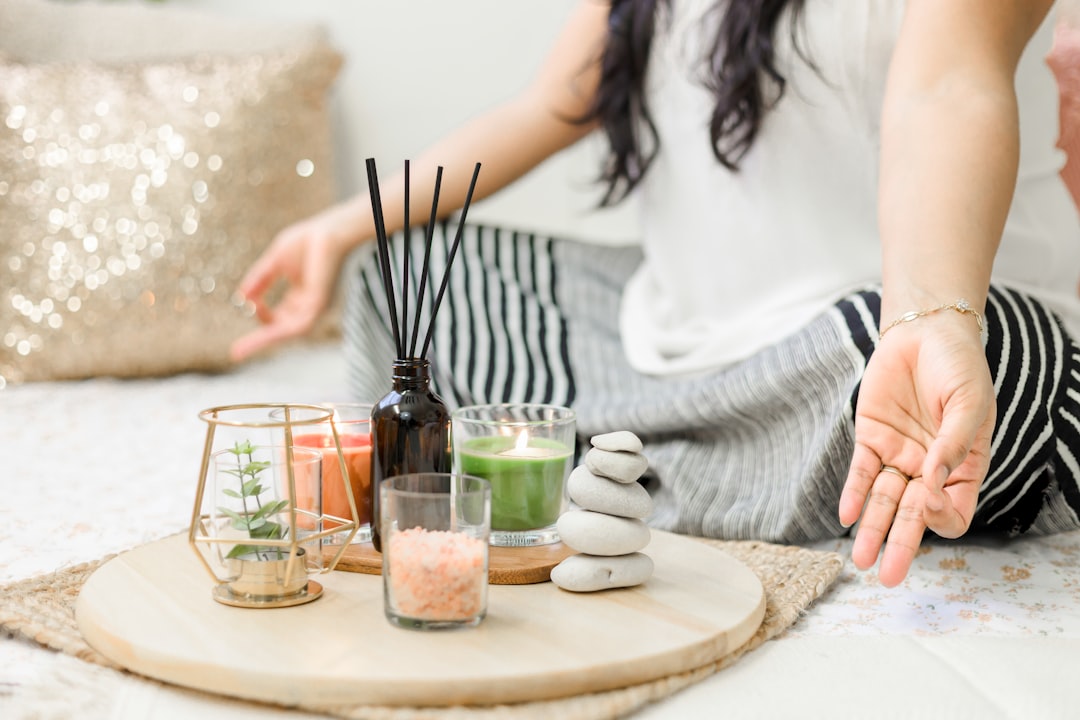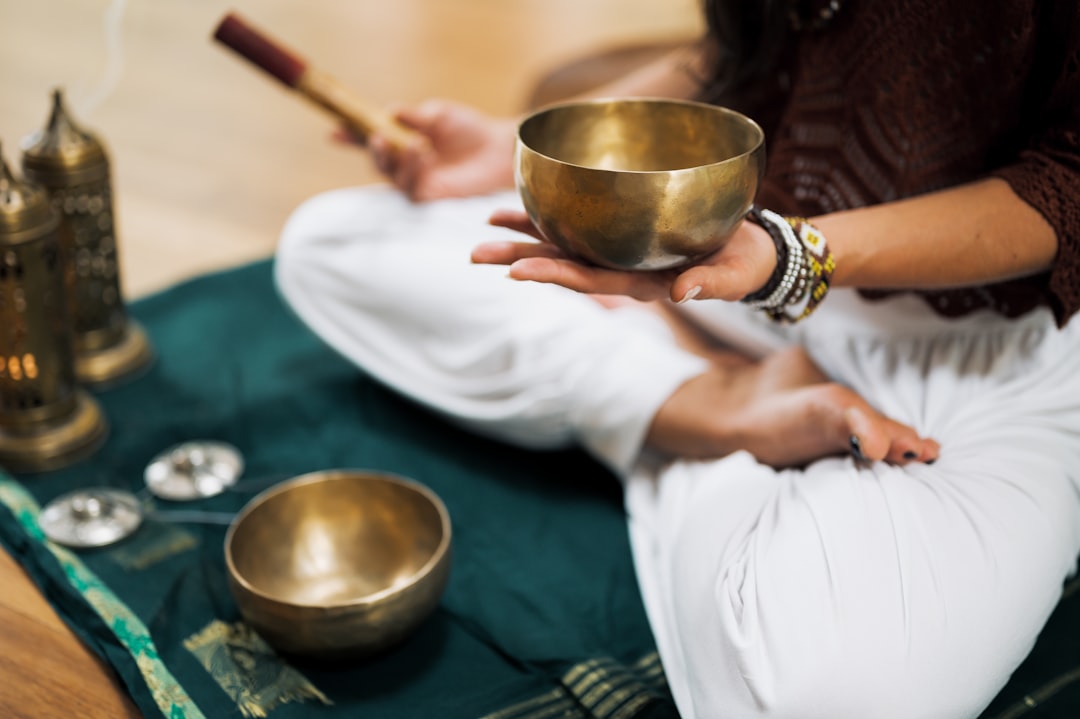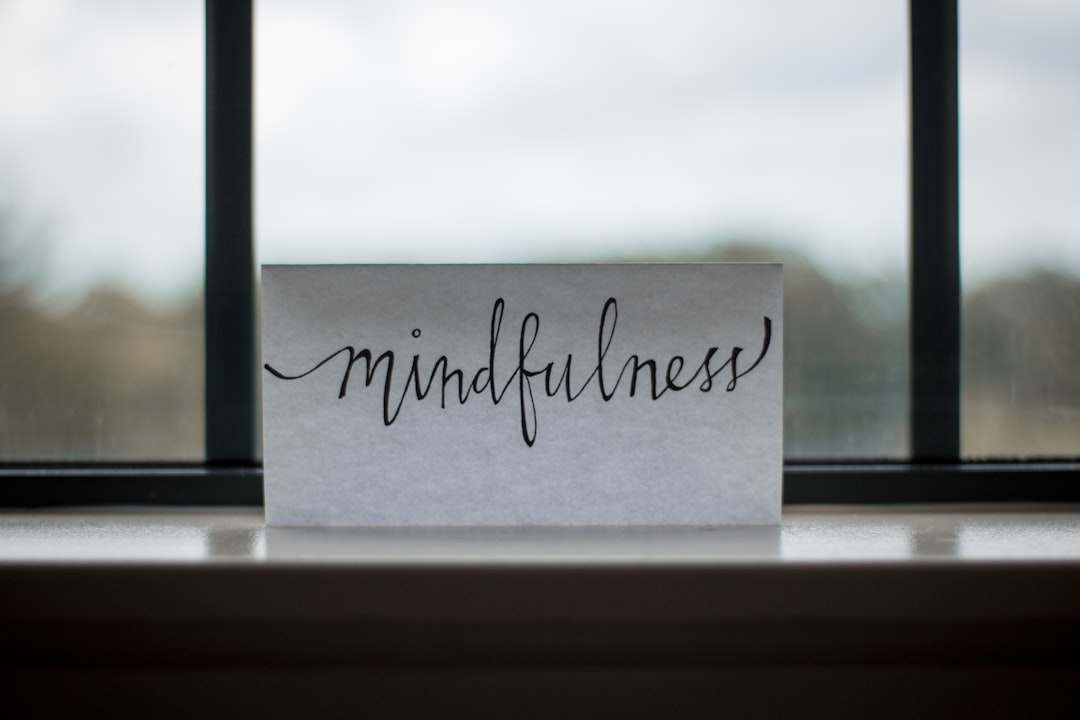Meditation has been practiced for thousands of years in various cultures and religions around the world. It involves focusing on a particular object, thought, or activity to achieve a calm and clear state of mind. In today’s fast-paced world, with constant distractions, stress, and anxiety, meditation has become more relevant than ever.
Many scientific studies have shown that regular meditation practice can lead to a multitude of benefits, including decreased levels of stress and anxiety, improved emotional well-being, increased focus and concentration, and better sleep quality. With so many proven benefits, it’s no surprise that meditation has become increasingly popular in recent years.
However, if you are new to meditation, it can be overwhelming to know where to start. In this blog post, we will provide you with a comprehensive guide to get started with meditation. We will cover everything from setting up a meditation space, to breathing techniques and postures, to finding focus and exploring different meditation techniques.
If you are ready to embrace the many benefits of meditation and cultivate inner peace, let’s dive in.
Setting the Scene – Creating a Meditation Space
When it comes to meditation, creating a dedicated space can be a powerful way to cultivate a consistent practice. A designated area for meditation can help to signal to your mind and body that it’s time to shift gears and shift into a more peaceful and focused state.
Creating a meditation space doesn’t have to be a complicated or expensive process. With a few thoughtful choices, you can transform any corner of your home into a sacred space for inner reflection and calm.
The first step is to choose a location for your meditation space. Ideally, you’ll want to pick an area that is quiet, free of distractions, and can be used specifically for meditation. Some ideas could be a spare room, a corner of your bedroom, or an empty closet. It’s important to also consider lighting, as dim or natural lighting can help set a peaceful mood and reduce harshness on the eyes.
Once you’ve identified a suitable location, it’s time to get creative with the décor. Think about incorporating elements that inspire a sense of calm and relaxation. Items such as candles, plants, water features, cushions, and soft blankets can all help to create a soothing atmosphere. Be sure to also choose a comfortable meditation cushion or chair, as posture is an important aspect of the practice.
Lastly, consider adding personal touches that reflect your intentions and motivations for meditating. This could be anything from a favorite quote or mantra to a picture of a loved one. It’s also beneficial to keep your meditation space clean and organized, as a cluttered space can create mental clutter as well.
In conclusion, taking time to create a meditation space can have a profound impact on your practice. By setting the scene in a peaceful and intentional way, you’re telling your mind and body that meditation is a priority, and creating an environment that supports focus and relaxation.
Be sure to also choose a comfortable meditation cushion or chair, as posture is an important aspect of the practice.
The Basics of Meditation: Breathing and Posture
When it comes to meditation, breathing and posture are two of the key foundational elements that set the stage for a successful practice. While there is no one-size-fits-all approach to meditation, understanding the basics of breathing and posture can help you find your own path towards inner peace and stillness.
First and foremost, breathing is the foundation of meditation practice. The way that you breathe can influence how easily you are able to access a meditative state. Taking a few deep breaths prior to starting your practice can help relax the mind and body, allowing you to better focus on the present moment.
During sitting meditation, it is important to focus on breathing through the nose and allowing the breath to flow naturally. There is no need to force or control the breath, simply allow it to flow in and out without judgment or expectation. With each inhalation and exhalation, direct your attention to the sensation of the breath moving in and out of the body.
Posture is also an important aspect of meditation practice. Sitting in a comfortable and stable position can help you remain alert and focused throughout your session. Begin by finding a quiet and calm space where you can sit undisturbed for a period of time. You can sit cross-legged on a cushion or blanket, or on a chair with your feet flat on the floor.
Sit with your spine straight and your shoulders relaxed. Allow your hands to rest on your lap or knees, either palm up or palm down. If you find that your mind starts to wander during your meditation, gently bring your attention back to the physical sensations of your body – the feeling of your breath, the weight of your body against the cushion or chair.
Remember, meditation is not about perfection – it is simply about being present with whatever arises in the moment. Over time, with practice and patience, you will find that you are able to sit with greater ease and stillness, allowing you to connect with your inner self and find a sense of calm and equanimity amidst the chaos of daily life.
Next, we will explore how to find your focus during meditation and begin to quiet the mind.
Over time, with practice and patience, you will find that you are able to sit with greater ease and stillness, allowing you to connect with your inner self and find a sense of calm and equanimity amidst the chaos of daily life.
Finding Your Focus: Tips for Quieting the Mind

Meditation is often perceived as a practice that requires one to quiet the mind. However, this can be easier said than done, especially for beginners. It’s common for the mind to wander during the practice, and thoughts can easily crowd one’s focus, leading to frustration and disappointment. In this section, we will explore tips and techniques that can help you find your focus, quiet the mind and tap into the benefits of meditation.
1. Start with a Clear Intention
Before you begin your meditation, set a clear intention of what you hope to achieve through the practice. Whether it’s to reduce stress, improve focus or enhance overall well-being, having a clear goal in mind can help you stay focused and motivated throughout your session.
2. Use Guided Meditation
Guided meditation can be an effective way to help you find your focus, especially if you are just starting out. It typically involves following a recorded audio guide that leads you through the meditation, providing instructions and encouragement along the way. The guidance can help you stay focused on your breath, your body or your thoughts, depending on the type of meditation.
3. Find a Comfortable Position
Feeling physically comfortable during meditation can help you stay focused and avoid distractions. Find a comfortable position that allows you to sit or lie down comfortably without feeling cramped or strained. Ideally, your spine should be straight to aid in breathing and focus.
4. Let Go of Expectations
It’s important to remember that meditation is not a magic bullet that will instantly transform your life. It’s a practice that requires patience and consistency to achieve the desired results. Let go of any expectations or preconceptions about what the practice should be like or what you should achieve. Simply remain present and focus on the present moment.
5. Focus on Your Breath
One of the simplest and most effective ways to quiet the mind during meditation is to focus on your breath. Pay attention to the sensation of air moving in and out of your nostrils, the rise and fall of your chest or the expansion and contraction of your belly. As thoughts come and go, gently redirect your focus back to your breath.
6. Notice Your Thoughts Without Judgement
It’s natural for thoughts to arise during meditation, and it’s crucial to acknowledge them without judgement. Instead of getting caught up in the content of your thoughts, simply observe them and let them pass through your mind like clouds in the sky. Acknowledge their presence and then gently guide your focus back to your breath or your chosen point of focus.
7. Consider Joining a Group or Class
Joining a meditation group or class can be a great way to enhance your practice and find support from like-minded individuals. You’ll have the opportunity to learn new techniques, receive guidance from experienced teachers and connect with others who share your interest in meditation.
In conclusion, finding your focus and quieting the mind is an essential component of meditation. With patience, practice, and the tips outlined in this section, you too can cultivate a consistent and rewarding meditation practice. Stay tuned for the next section where we look at incorporating meditation into your daily routine.
Whether it’s to reduce stress, improve focus or enhance overall well-being, having a clear goal in mind can help you stay focused and motivated throughout your session.
Making It a Habit: Incorporating Meditation into Your Daily Routine
As with any habit, making meditation a part of your daily routine requires dedication, consistency, and a bit of planning. Here are some tips to help you establish a regular meditation practice:
Create a Schedule
The first step in making meditation a daily habit is to create a schedule. Set aside a specific time each day that you can dedicate to your practice. This could be first thing in the morning, during your lunch break, or before bed. Find a time that works for you, and make a commitment to stick with it.
Start Small
When starting a new habit, it’s important to start small. Begin by meditating for just a few minutes each day, and gradually increase the time as you become more comfortable with the practice. You don’t need to meditate for hours on end to see the benefits; even just a few minutes a day can make a big difference in your overall well-being.
Be Consistent
Consistency is key when it comes to establishing a regular meditation practice. Try to meditate at the same time each day, and make it a non-negotiable part of your routine. You wouldn’t skip brushing your teeth or taking a shower, so treat meditation with the same level of importance.
Hold Yourself Accountable
One way to hold yourself accountable is to track your progress. Use a meditation journal to record your daily practice, and set goals for yourself to work towards. You can also enlist the help of a meditation buddy to keep each other motivated and accountable.
Be Mindful Throughout the Day
While it’s important to set aside dedicated time for meditation, the ultimate goal is to bring mindfulness into all aspects of your life. Pay attention to your breath and body sensations throughout the day, and take mini-breaks to practice mindfulness whenever you need it.
By incorporating these tips into your daily routine, you’ll be well on your way to establishing a regular meditation practice. Remember, mindfulness is a skill that takes time and practice to develop, but the rewards are well worth the effort.
Pay attention to your breath and body sensations throughout the day, and take mini-breaks to practice mindfulness whenever you need it.
Exploring Different Techniques: From Guided Meditations to Loving-Kindness
Meditation is not a one-size-fits-all practice. It is important to explore different techniques to find the one that resonates with you and helps you achieve your desired outcomes. Here are some popular meditation techniques that you can try:
1. Guided Meditation: This type of meditation involves listening to a guided audio recording, which provides directions on what to focus on during meditation. Guided meditations are ideal for beginners who may find it hard to silence their minds.
2. Mindfulness Meditation: This technique involves being present in the moment and observing one’s thoughts without judgment. It helps cultivate awareness and acceptance of one’s inner state.
3. Loving-Kindness Meditation: Also known as “Metta” meditation, this technique involves generating feelings of compassion and goodwill towards oneself and others. It is particularly helpful for those struggling with negative self-talk or resentment towards others.
4. Transcendental Meditation: This technique involves silently repeating a mantra to focus the mind and achieve a deep state of relaxation. It has been shown to reduce stress and anxiety.
5. Yoga Meditation: This involves combining physical postures with meditation, which helps to calm the mind and body. It is ideal for those who prefer a more active practice.
It is important to note that there are many other types of meditation techniques available, and what works for one person may not work for another. The key is to experiment and find the technique that resonates with you and helps you achieve your desired outcomes.
Incorporating different techniques into your daily practice can also help prevent boredom and keep your meditation practice fresh. Don’t be afraid to mix it up and try something new. With consistent practice and an open mind, you can discover the many benefits of meditation and enjoy a more peaceful, centered life.
Yoga Meditation: This involves combining physical postures with meditation, which helps to calm the mind and body.
Embrace Inner Peace: The Rewards of a Daily Meditation Practice
Congratulations – you’ve made it to the end of our blog post on “Why Meditation Matters”! We’ve covered everything from setting up your meditation space to exploring different techniques, and now we’ve arrived at the final section of our outline, which is all about the rewards of a daily meditation practice.
Firstly, it’s important to acknowledge that meditation is not a silver bullet that will magically solve all of your problems overnight. It takes time, dedication and consistent practice to reap the benefits of meditation. That being said, the rewards can be truly life-changing.
One of the most significant rewards of a daily meditation practice is the reduction of stress and anxiety. By taking the time to sit quietly with your thoughts and focus on your breath, you give your mind a break from the constant chatter and worries that can often feel overwhelming. This can lead to a greater sense of calm and overall well-being, enabling you to handle life’s challenges with greater resilience.
Another benefit of meditation is increased focus and concentration. By training your mind to focus on one specific thing, whether it’s your breath, a mantra, or an object of meditation, you strengthen your ability to concentrate and avoid distractions. This can be incredibly valuable in both your personal and professional life, helping you to be more productive, efficient and effective.
Meditation can also deepen your sense of self-awareness and empathy. By becoming more attuned to your own thoughts and emotions, you can develop a greater understanding of how your mind works, what triggers your stress reactions, and what brings you joy and fulfillment. This self-awareness can help you to make better choices and take positive action towards achieving your goals.
Finally, meditation can connect you to something greater than yourself. Whether you view it as a spiritual practice, a way to tap into the collective consciousness, or simply a means of connecting with the present moment, meditation can help you feel a sense of awe and wonder at the beauty and complexity of life. This can lead to greater feelings of gratitude, compassion, and an overall sense of connection to others and the world around you.
So there you have it – the benefits of a daily meditation practice are many and varied, and can have a profound impact on your overall well-being. If you’re new to meditation, don’t expect to become a Zen master overnight – it takes time, patience, and effort to develop your practice. But with consistency and dedication, the rewards can be truly life-changing.




